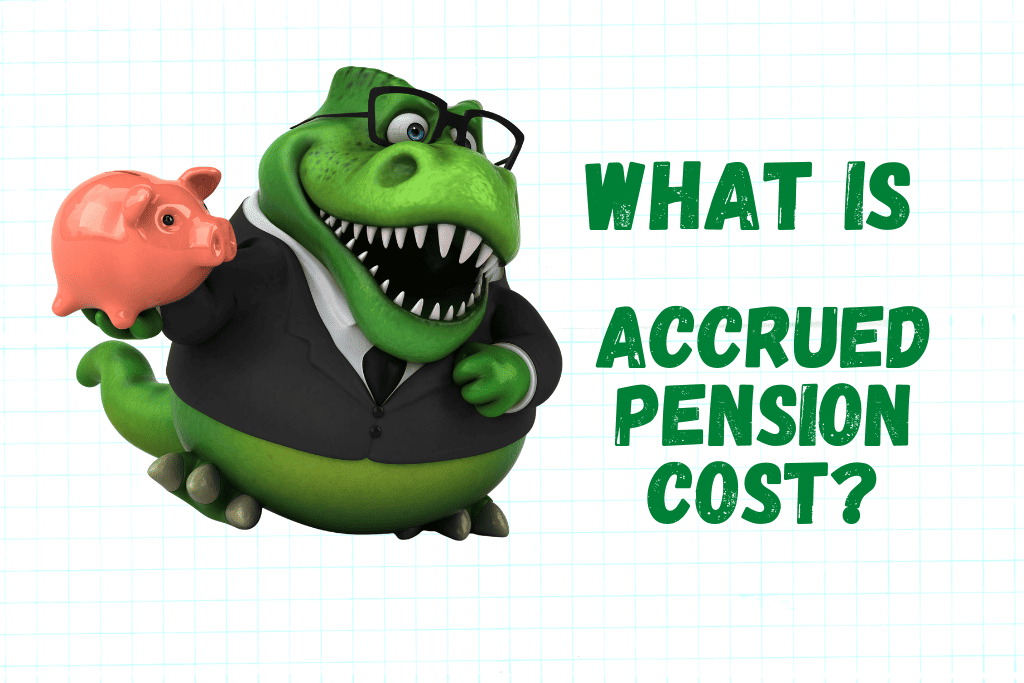Accrued pension cost, also known as pension liability or pension obligation, refers to the amount of money a company owes to its employees or retirees for the pension benefits they have earned but have not yet received. It represents the company’s obligation to provide future pension payments to its employees based on their years of service and compensation levels.
When a company offers a defined benefit pension plan to its employees, it promises to pay them a certain amount of retirement income based on predetermined formulas. As employees work and accumulate years of service, the company incurs an obligation to fund these future pension payments.
Accrued pension cost is calculated based on actuarial assumptions, including factors such as employee salaries, years of service, mortality rates, and investment returns. These assumptions are used to estimate the present value of the future pension payments that the company is responsible for.
The accrued pension cost is recorded as a liability on the company’s balance sheet, reflecting the amount that is currently owed to employees for their earned pension benefits. It represents the difference between the projected benefit obligation (the estimated future pension payments) and the fair value of plan assets (the funds set aside to cover these obligations).
Example:
Let’s say we have a fictional company called ABC Corporation. ABC Corporation provides a defined benefit pension plan to its employees. The plan promises employees a monthly pension payment based on their years of service and salary.
Currently, ABC Corporation has 100 employees who are actively working and accruing pension benefits. The projected benefit obligation, which is the estimated future pension payments for these employees, amounts to $10 million. However, ABC Corporation has only set aside $8 million in plan assets to cover these pension obligations.
To account for this, ABC Corporation records the accrued pension cost on its balance sheet. The accrued pension cost would be $2 million, which is the difference between the projected benefit obligation of $10 million and the fair value of plan assets of $8 million. This $2 million is recognized as a liability.
The liability for accrued pension cost indicates that ABC Corporation owes $2 million to its employees for their earned pension benefits. It serves as a reminder that ABC Corporation has an obligation to make future pension payments.
Over time, as employees continue to work and earn more pension benefits, and as the investment returns on the plan assets change, the accrued pension cost may increase or decrease. The company would need to periodically reassess and adjust the accrued pension cost to reflect these changes in the liability on their balance sheet.
It’s important to note that the accrued pension cost can change over time due to various factors, including changes in actuarial assumptions, investment returns, and employee demographics. Companies are required to regularly reassess and adjust their accrued pension cost to reflect these changes.
In summary, accrued pension cost is the financial obligation a company has for future pension payments to its employees based on their service and compensation. It represents the liability on the company’s balance sheet and is subject to periodic adjustments.

